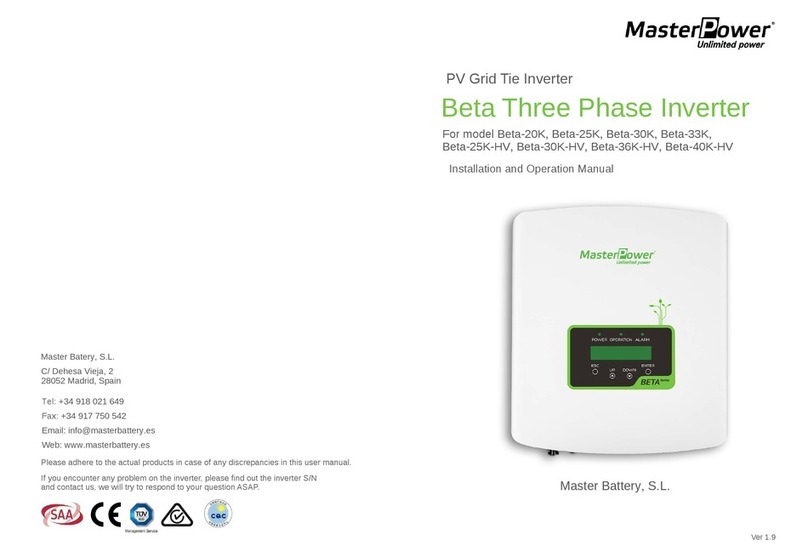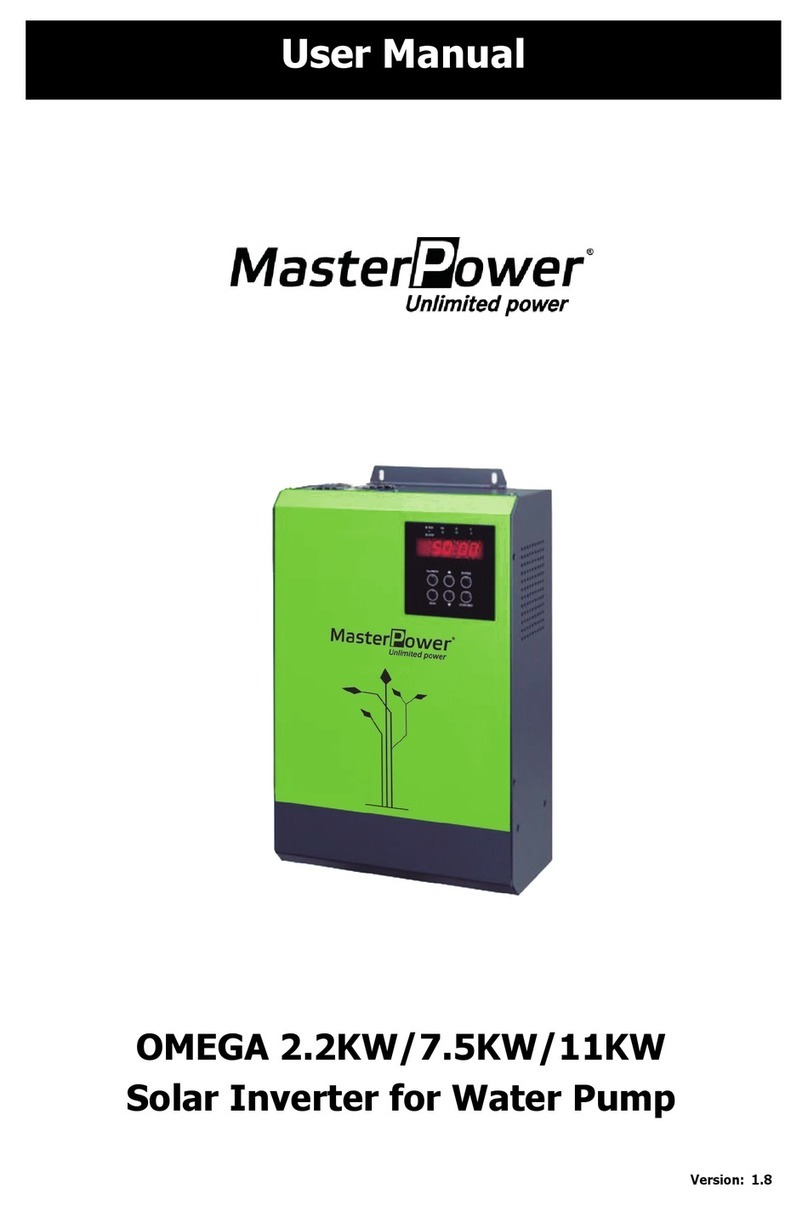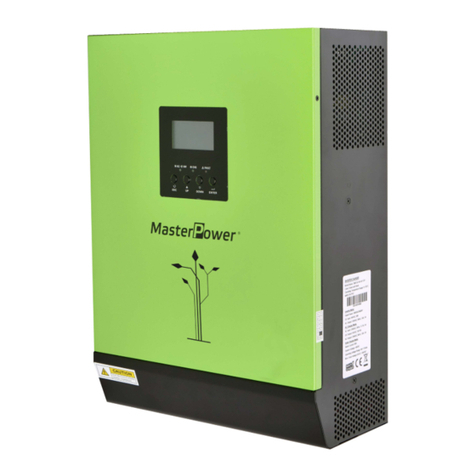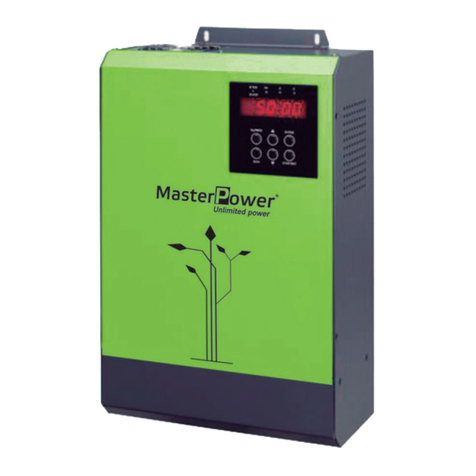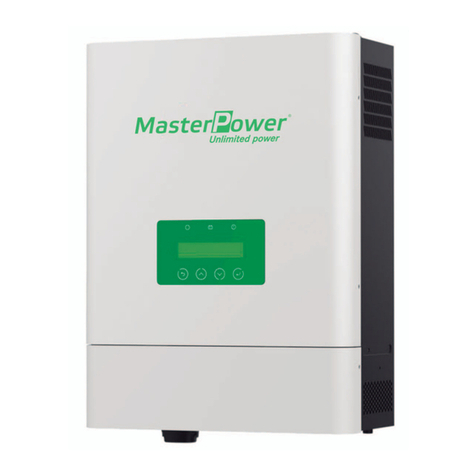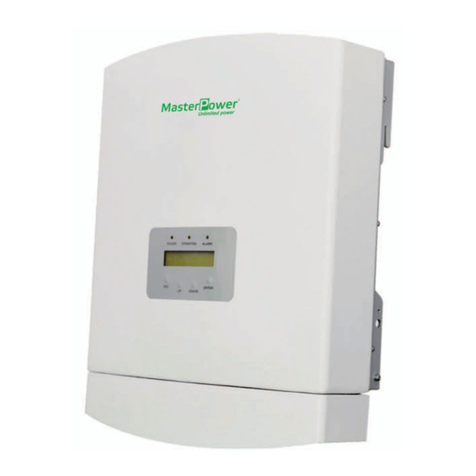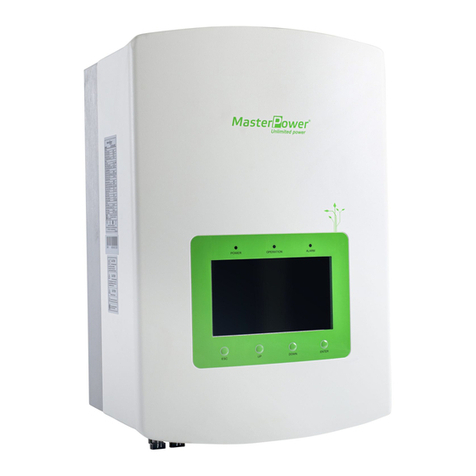Table of Contents
1. Introduction.......................................................................................... 1
2. Important Safety Warning...................................................................... 2
3. Unpacking & Overview .......................................................................... 4
3-1. Packing List................................................................................... 4
3-2. Product Overview .......................................................................... 5
4. Installation ........................................................................................... 7
4-1. Selecting Mounting Location........................................................... 7
4-2. Mounting The System .................................................................... 7
5. Wiring Connection................................................................................13
5-1. Grid Connection ...........................................................................13
5-2. PV Module (DC) Connection ..........................................................14
5-3. Battery Connection.......................................................................17
5-4. Load (AC Output) Connection........................................................19
6. Communication ....................................................................................20
6-1. Communication Connection...........................................................20
6-2. Dry Contact Connection ................................................................21
7. Commissioning.....................................................................................22
8. Initial Setup by using monitoring software .............................................23
9. Operation ............................................................................................33
Operation and Display Panel ................................................................33
Touchable function key ........................................................................33
LCD Display Icons ...............................................................................34
LCD Setting.........................................................................................37
Operating Mode Description .................................................................46
Select Displays ....................................................................................51
10. Maintenance & Cleaning .......................................................................55
11. Trouble Shooting..................................................................................56
11-1. Fault code reference ...................................................................56
11-2. Warning Reference Codes ...........................................................59
12. Specifications.......................................................................................59
Appendix I: The Wi-Fi Operation Guide.........................................................61
1. Introduction ....................................................................................61
2. SolarPower App Installation .............................................................61
3. SolarPower APP Operation ...............................................................65

